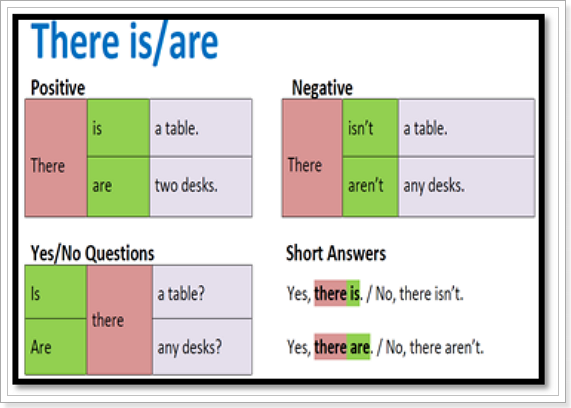Tires can become damaged for a variety of reasons, and it can happen without the driver being immediately aware there's a problem. The most common types of damage are punctures, cuts, impacts, cracks, bulges and irregular wear. In this section, we'll explain the signs and symptoms to help you diagnose the issue, plus some useful tips on how to prevent them.
There are several types of irregular wear, the most typical variations being heel and toe wear, one-sided wear, and center wear. Here we explain how and why they occur.
a. Heel and toe wear
Heel and toe wear is a pattern caused by normal usage and suspension settings. It's the outwardly visible (and audible) manifestation of various distortional forces at work on the tread. To explain further, let's dive a little deeper into the design of the tread.
Tread grooves and sipes are essential in ensuring safety on wet and flooded roads. Particularly with low-profile tires, a higher percentage of tread void is necessary to take up the water and to improve protection against aquaplaning. Cross-grooves for water drainage take the form of freestanding blocks in the shoulder area. These shoulder blocks can wear into a heel and toe pattern as a result of rolling mechanisms under certain operating conditions.
These operating conditions include:
While the tire is rolling along the road, the freestanding blocks deform as they approach the contact patch of the tire, and they're compressed as they touch the tarmac. After they lose road contact, however, the blocks will snap back into their original shape, rubbing the surface as they do so. The result is a wear pattern on the block run-out edge, and it's more likely to appear on non-driven wheel positions.
A minor amount of heel and toe pattern wear is reasonable and has no discernible effects on driving comfort. But if the wear is more extensive, more specific issues may be at fault. These can range from improper inflation, excessive toe-in, and low-wear applications.
b. Center wear
You can find this wear pattern on the driven wheels of highly motorized cars. During energetic acceleration, in stop-start urban traffic, or when accelerating away from traffic lights, these high torque levels can quickly increase wear of the tread center. Even today’s mid-range vehicles have modern engines which can generate high levels of torque and are capable of producing high degrees of slip.
c. One-sided wear
The single biggest reason for one-sided wear is because of axle geometry. Deviations can develop over time and are the result of, for example, aggressively mounting a curb.
Lowering the height of a vehicle in conjunction with low-profile tires can also affect wheel alignment.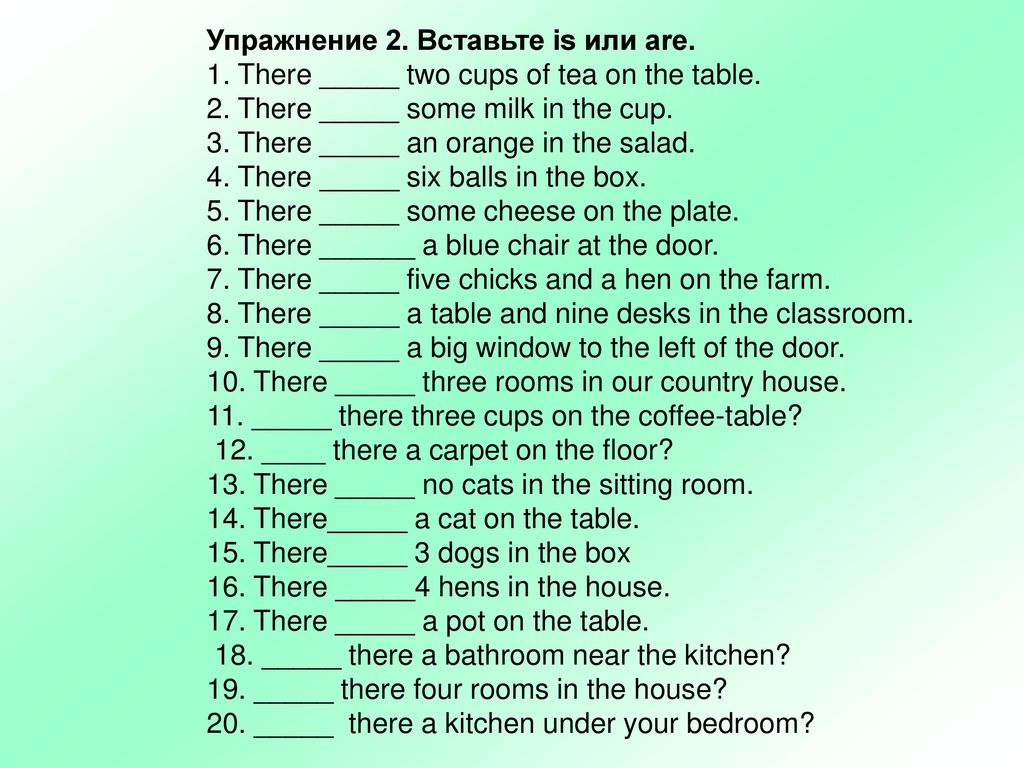 During driving, modified suspension arms tend to deviate the alignment of the wheels from the specified position. The problem can catch drivers unaware, because wheel alignment values can still be found to be within tolerance limits when measured in a static position on an axle measurement bench. But the manufacturer’s alignment data applies to vehicles as delivered and may not necessarily apply to customized cars. Thus, the result may be an increase in non-uniform treadwear.
During driving, modified suspension arms tend to deviate the alignment of the wheels from the specified position. The problem can catch drivers unaware, because wheel alignment values can still be found to be within tolerance limits when measured in a static position on an axle measurement bench. But the manufacturer’s alignment data applies to vehicles as delivered and may not necessarily apply to customized cars. Thus, the result may be an increase in non-uniform treadwear.
If a vehicle’s wheels are misaligned, a qualified specialist can correct the deviation by re-aligning the wheels.
An impact break is damage inflicted on the carcass (the casing of the tire) after the tire comes into contact with certain obstacles. A pronounced bulge on the sidewall of the tire indicates destroyed cords inside the carcass.
Damage of this kind is usually caused by driving over objects – like curbs or speed bumps – at excessive speed or the wrong angle.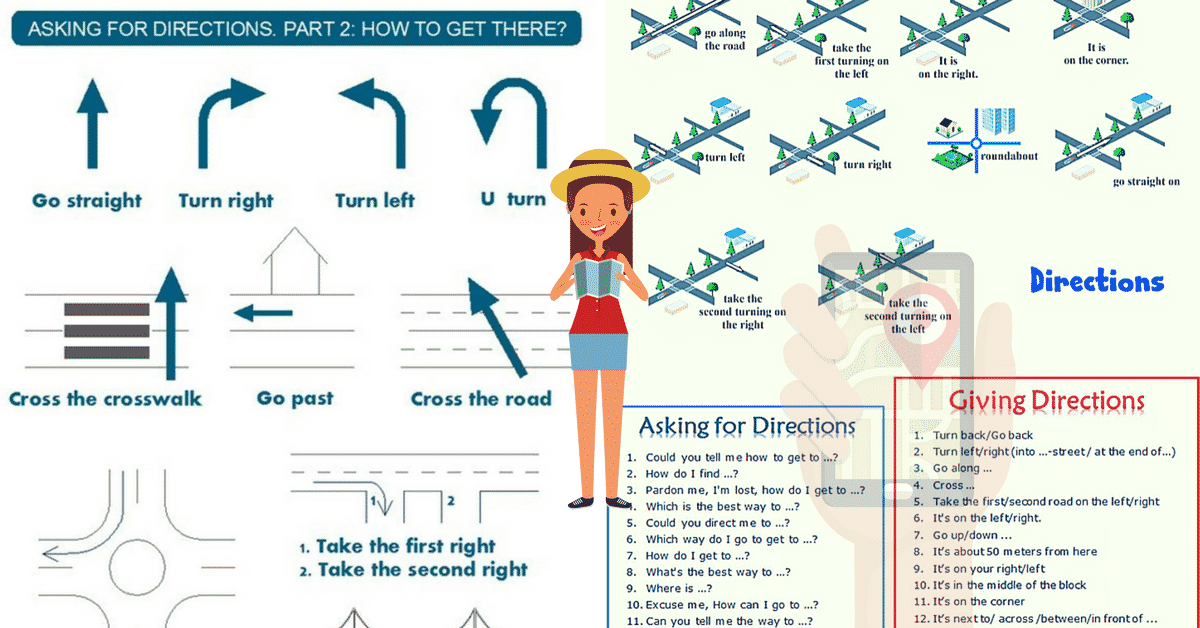 Overstressing the carcass causes individual cords to break. The exact extent of the damage will depend on the speed and angle of impact, and the size of the obstacle. Careful motorists are usually able to avoid this type of damage, unless an obstacle suddenly appears in front of a vehicle and they can't steer around it.
Overstressing the carcass causes individual cords to break. The exact extent of the damage will depend on the speed and angle of impact, and the size of the obstacle. Careful motorists are usually able to avoid this type of damage, unless an obstacle suddenly appears in front of a vehicle and they can't steer around it.
Ignoring such damage increases the risk of tire failure at some point in the future, either delamination of the tread and plies or disintegration of the tire sidewall.
An impact break is sometimes confused with a sidewall indentation, but they are not the same thing. As we explain below, dimples or indentations in the sidewall are not a cause for alarm.
A tire sidewall is not always perfectly even; sometimes there will be dimples and indentations and may require a more detailed inspection to determine the causes. The essential thing to know is that indentations are harmless and aren't detrimental either to driving or safety characteristics. The dimples are superficial.
The dimples are superficial.
Indentations in the tire are best illustrated if you were to imagine tying a string around an inflated balloon and then gently pulling the string tighter. If the balloon is the tire, the string is the embedded carcass cords which are concealed by the rubber. These cords provide the tire with its strength and stability, and transfer steering and braking forces while driving.
During manufacture of a tire – or rather when constructing the carcass, to which the steel belt and the tread are attached – there are often one or two overlaps in the carcass. It's this overlap which is sometimes visible as an indentation after the tire is fitted and inflated.
But if you're in any doubt, have the sidewall indentations checked by a qualified tire specialist.
Cuts are the result of external influences like bad road conditions, protruding bodywork parts, or sharp, foreign objects such as stones or glass. If you discover damage in the form of a cut on the tire surface, you should visit your local tire dealer and have your tires immediately checked by an expert.
Punctures are the consequence of sharp objects on the road – for example, nails, screws, or broken glass – which pierce through the surface of the tire. If the puncture is deep enough, the tire could begin to lose air pressure. If you find that one or more of your tires are continuously losing pressure, or if you discover a nail or screw embedded in the tread, then visit your local tire specialist as soon as possible to have them repaired.
Change the position of the tires on the car at regular intervals (unless otherwise recommended by the vehicle manufacturer) to promote even tire wear. The position of the tires should be rotated, for example, when making the seasonal transition from summer to winter tires.
By rotating the wheels from the powered to the non-powered axle on a regular basis, drivers can expect to have a uniform pattern of wear on their tires. But as always, please observe the recommendations provided by the vehicle manufacturer.
If you find yourself in a situation where you have to drive over an obstacle in the road, approach it slowly and as close to the perpendicular as possible. Afterward, check your tires for exterior damage such as cuts, cracks or bulges. Also, avoid driving aggressively on unpaved roads.
Dealer Locator
| How-To - Maintenance
Tires are crucial to the safety and efficiency of your vehicle, but the signs that they’re in need of replacement aren't always that obvious.
Vehicle safety is enhanced by strong crash structures, airbags, sensors, and more—but when it comes to your safety while traveling in a car, the tires are among the most important features. They not only provide the traction as you accelerate, brake, and steer, but they're also the first thing to take the blow of bumps, dips, ruts, and holes in the road. All well before any of your car's suspension even begins to react.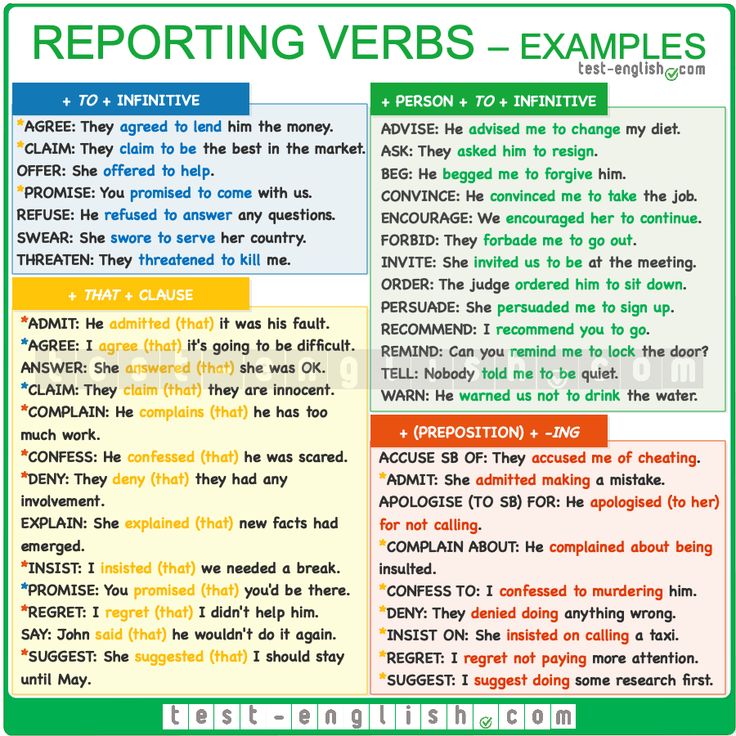 Nearly as crucial, tires also impact the efficiency of your vehicle, how it rides, and just how noisy it is while rolling. All of these factors mean that, besides your tires being far more important than you probably realize, they can also play a crucial role in the feedback loop between you and your car. There might be signs of tire-related problems you're unaware of, but these could help direct your tire maintenance even before a trip to the shop for total replacement is required.
Nearly as crucial, tires also impact the efficiency of your vehicle, how it rides, and just how noisy it is while rolling. All of these factors mean that, besides your tires being far more important than you probably realize, they can also play a crucial role in the feedback loop between you and your car. There might be signs of tire-related problems you're unaware of, but these could help direct your tire maintenance even before a trip to the shop for total replacement is required.
Here, we'll show you the signals both obvious and obscure that your tires are giving you—and what they mean.
If you look at your tire tread and it looks like a large rat took some bites out of your tires, you don't necessarily have a rodent problem. This can occur whenever a tire's tread heats up too much and the rubber begins to soften to the point where the tire merely adhering to the road can break off small bits of your treads.
For example, driving an already soft-compound snow or winter tire on dry, warm pavement can create this issue as the rubber is designed to provide the right amount of traction during colder winter weather. In hotter climates, without the ambient temperature to help cool them, the tire treads will overheat and suffer damage. This can also occur because of a bad alignment, excessive wheelspin (you know who you are), or when the tires are old or exposed to too much UV or ozone exposure. The latter causes the tires' rubber to break down and lose its molecular and chemical bonds.
Even tires with "good" or even "plenty of" tread left—meaning the tread isn't worn away and the grooves between the tread blocks are still healthy and deep—tires can develop dry rot. You'll see tiny cracks on the sidewalls and even on the tread itself, which is your sign the tire's rubber has begun to break down, potentially leading to air leaks, a flat, or even the entire carcass disintegrating such that the tread cap separates from the tire at speed.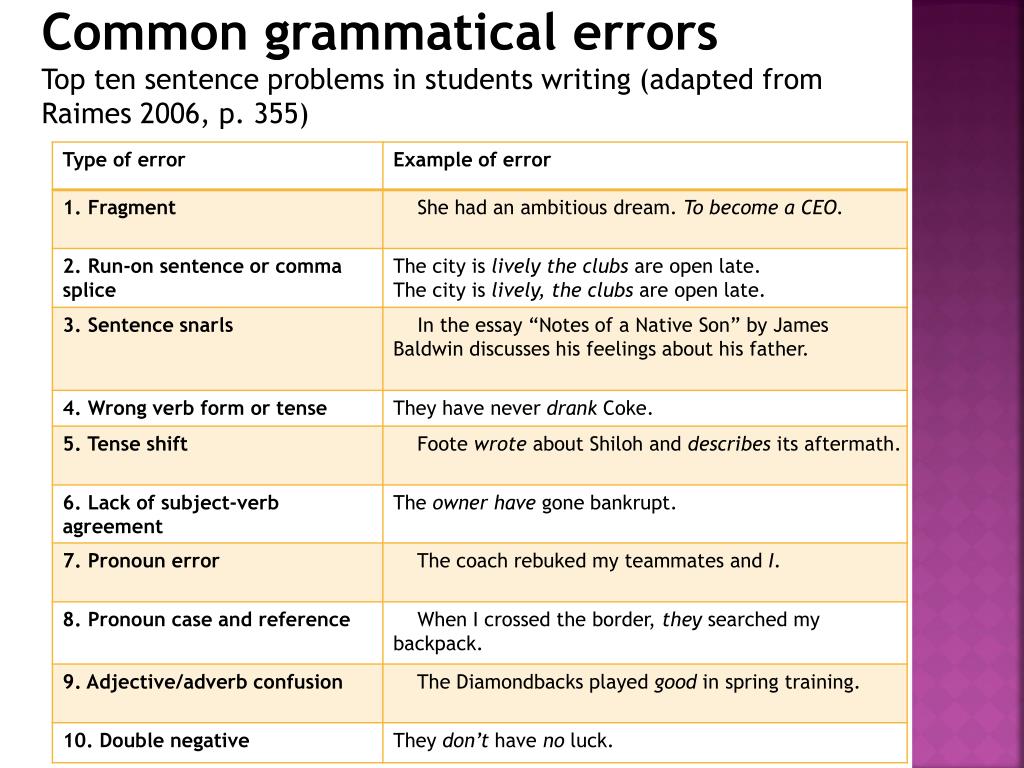 If you're seeing dry rot, it's far past time to replace the tires. Yes, this also includes your spare tire. Even though your spare is usually in a spot where it doesn't get exposed to outside conditions and is covered up—say, in your trunk—that doesn't mean you can skip checking it while you're rotating your tires.
If you're seeing dry rot, it's far past time to replace the tires. Yes, this also includes your spare tire. Even though your spare is usually in a spot where it doesn't get exposed to outside conditions and is covered up—say, in your trunk—that doesn't mean you can skip checking it while you're rotating your tires.
You'd think this kind of tire damage would be obvious, but you'll be surprised by just how many people will ignore a gash in the sidewall just because the tire still holds air. That may be true, but a cut or bulge in your sidewall will lead to tire failure. The rubber—and potentially the belts that make up the tire's sidewall—are damaged in a spot where the tire flexes the most as it conforms to the road and takes cornering loads. And if your tire pressure dips at all, the sidewall can be left supporting your car.
You really don't want this critical component compromised. Why? Sidewall damage can lead to a blowout or, at least, a tire with a leak. Also, despite what some people say, you cannot fix a damaged sidewall. We'll explain why shortly.
Also, despite what some people say, you cannot fix a damaged sidewall. We'll explain why shortly.
Just looking at where that nail is, you'd think it would be worth a shot trying a tire plug or even a patch plug and never worrying about it again. Unfortunately, even though that nail looks like it's in or near the tread, this is actually considered a part of the sidewall of the tire. If you look at a tire and the layers that make it up, you'll see the belts of the sidewall go right into that edge tread, meaning these cords move and flex with the sidewall even though they are technically part of the tread.
And this is why you can't truly repair a sidewall—it's that flexing. As your tires roll on the surfaces that make up your roads, the tires must conform to not only the road, but also the load as your vehicle moves. This includes when you're turning, accelerating, and cornering, not just when you hit bumps.
This type of flexing is done mostly by your sidewalls during normal driving, and that much movement doesn't allow a plug, sealant, or a plug-patch (or patch-plug, or however you may call the patch and plug integrated tire repair) the ability to properly seal for very long, if at all. This is especially true for a plug-patch, as the interior of the tire is also rounded where the tread edges are located. This makes it nearly impossible to get the patch portion of the plug-patch to seal, and removing material here so that the required rubber glue can adhere to the surrounding rubber is equally bad. If you're in an emergency situation and you need to plug up a sidewall to get you out of a dangerous situation, then of course, try it. For all other reasons, you need to replace the tire.
Moving beyond the tire itself, alignment-related issues can wreak havoc on your tires, which can present as what is known as feathering. What you're looking for here is a sawtooth-like pattern developing on your tire treads. You can feel this wearing across your tread—going from tread edge to tread edge—or even around the circumference of the tread on the edges. This wear pattern can be an indication of a poor toe alignment (especially if you're feeling this across the tread), or your suspension joints and bushings are worn and causing unwanted movement. If you feel it's more around the circumference of one tire edge than the rest of the tire, you're most likely looking at a camber issue.
What you're looking for here is a sawtooth-like pattern developing on your tire treads. You can feel this wearing across your tread—going from tread edge to tread edge—or even around the circumference of the tread on the edges. This wear pattern can be an indication of a poor toe alignment (especially if you're feeling this across the tread), or your suspension joints and bushings are worn and causing unwanted movement. If you feel it's more around the circumference of one tire edge than the rest of the tire, you're most likely looking at a camber issue.
Typically, once a tire starts wearing this way, it won't stop wearing in that pattern, even after you fix the underlying cause(s), and will lead to additional road noise and vibrations. However, feathering is not likely to lead to tire failure if no other wear issues or damages are present. If you're willing to put up with the noise and vibrations, you can wait a bit before you replace your tires. If you can't, then replace them.
Much like feathering, tire tread cupping is a sign of something going wrong with your suspension. It almost looks as if someone took a spoon and just scooped out portions of your tire's tread. In this case, your tire is trying to tell you you have a severe issue with your alignment or the suspension that keeps your tires in contact with the road (your springs and shocks/struts/dampers). Much like feathering, cupping, once started, can't be undone by just fixing the underlying issue. The only way to stop the wear, noise, and vibrations that result is to replace your tires. In this case, it will be rather severe and replacing is advisable, even if you think you can live with it.
There are two types of tire wear we'll cover dealing with tire cord exposure. The first is an indicator that there's potentially a camber issue, which presents as exposed cords on the very edge of a tire's tread, only on the inside or outside. You'll possibly also see that the wear pattern of the tire "grows" across the tread in one direction or the other, indicating your vehicle's camber is severely off. Although it's not exposing any steel, it's still tire damage that requires replacement of the corded tire. Again, being in the area where the sidewall cords are located, this is deeper damage than just the loss of tread and some threads.
You'll possibly also see that the wear pattern of the tire "grows" across the tread in one direction or the other, indicating your vehicle's camber is severely off. Although it's not exposing any steel, it's still tire damage that requires replacement of the corded tire. Again, being in the area where the sidewall cords are located, this is deeper damage than just the loss of tread and some threads.
If you're seeing not only a balding edge on your tires, but also exposed cords and steel belting, this is more of an indication of a bad toe alignment (the direction each tire is pointed in, if looking from front to back) that's gone undiagnosed for too long. Much like the exposed cords, this is equally severe damage and will lead to full tire failure if not replaced and the alignment issue fixed.
In either case, we would recommend replacing the tire and doing the alignment in one go, as any short amount of time with an alignment issue this bad will also damage the new tire very quickly. If you can't do both at the same time, try to not drive the vehicle until you can. We know that's impossible for many people, and yet we simply cannot recommend replacing your tires with used ones. What you do at the end of the day is your choice, but don't waste money on new tires if you can't fix the alignment that caused the cording issues, and don't continue to drive on corded tires.
If you can't do both at the same time, try to not drive the vehicle until you can. We know that's impossible for many people, and yet we simply cannot recommend replacing your tires with used ones. What you do at the end of the day is your choice, but don't waste money on new tires if you can't fix the alignment that caused the cording issues, and don't continue to drive on corded tires.
Just like cording, this is a two-parter because one type of discoloration can tell you one thing, while another is screaming that there's hidden tire damage. The first is just discoloration, that brownish color you see your tires take on, especially if they are constantly exposed to UV and ozone. It's an unfortunate but natural process of the rubber's life cycle from external exposure to the sun. There are some tire cleaners and dressings that supposedly fix or prevent this, but overall, it's not an indication that anything particularly wrong is going on inside. It's just not pretty to look at. On the other hand…
It's just not pretty to look at. On the other hand…
One particular discoloration you want to keep an eye out for is one that happens only around the sidewall. You can only see it between the space just above the tire bead and wheel lip and up to just before the tread edge. This is a "burn ring" or "heat ring" caused by excessive sidewall movement. This is typically caused by running on low pressures for too long, which allows the sidewalls to flex too much. Besides the discolored ring, such flexion causes damage you can't see inside the tire. If you ever happen to watch a tire being removed or look at one in a pile of old tires and you see it has little rubber beads inside, that's the inner sidewall rubber that's worn away due to that flexing. More dramatically, you might see the ring of a tire carcass on the side of the road and wonder how only the tread part came off—this is usually how. The sidewall finally failed and the tread found a way to remove itself from the rest of the tire.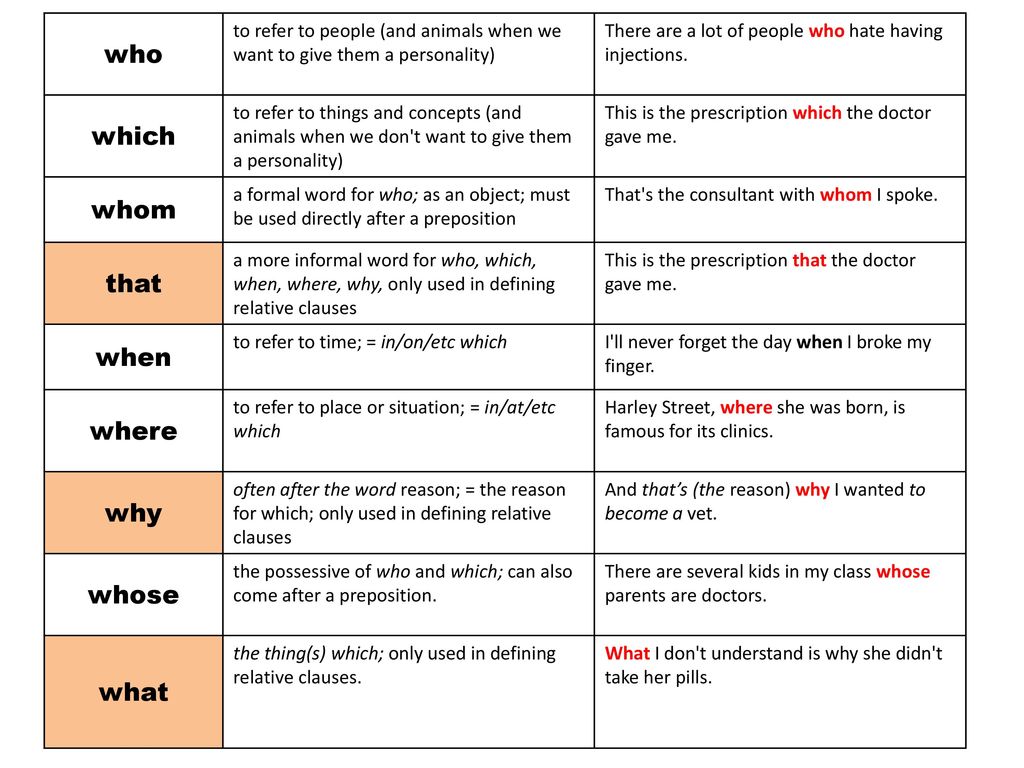
If you have a truck and you run low tire pressures, you'll see this happen more often on larger-sidewall tires, but run-flats with short, stiff sidewalls can also show a smaller burn ring. Although these types of tires say you can run for so many miles without air, they are still overly flexing their sidewalls due to insufficient air pressure and will eventually fail in much the same way. No matter what type of tire you have, run-flat or not, you need to check the air in your tires and not just rely on the tire pressure monitoring system (TPMS) to warn you. Many times, they're set to warn you only when you're severely low on pressure, but any pressure below recommended will allow too much sidewall flex, and that's not good for your tires or your vehicle's range.
Most often, we ourselves are to blame for the fact that the tires become unusable. But this can be avoided.
You have never seen such tires: even the police were surprised
In the process of using the tires, various damages can occur, most of which are the fault of the driver. As a result, rubber is wasted, and since the law prohibits the use of different tire models on the same axle, you have to spend money on replacing the second tire.
As a result, rubber is wasted, and since the law prohibits the use of different tire models on the same axle, you have to spend money on replacing the second tire.
The most common damage is puncture . This is the most harmless type of damage, but only if you notice it in time and repair it right away. It is absolutely impossible to drive on a flat tire, even a couple of meters! The damage caused by running on a flat tire or low pressure is catastrophic. This causes the sidewalls to deform more than they should, which is why the tire overheats, delaminates, and the carcass becomes unusable due to broken cords. As a result, the tire will have to be thrown out. In addition, the edge of the rim can also be damaged.
There are two types of punctures: with and without cord damage. To determine this, it is necessary to remove what pierced it. If the edges of the puncture tightly converge, then the cord is not damaged and it will be possible to repair the tire without removing it from the disk.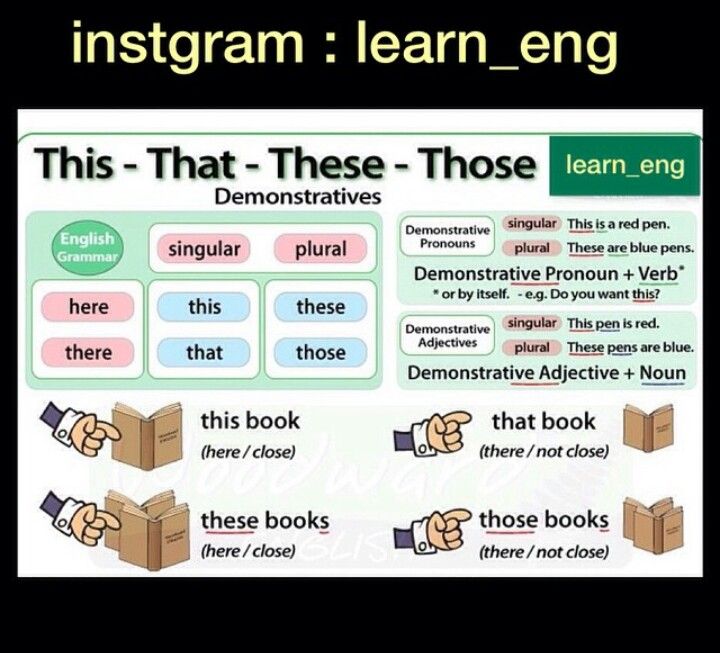 Otherwise, if the edges do not converge, you will have to disassemble the wheel and make repairs to strengthen the frame from the inside. Alternatively, in the field and in the absence of a spare wheel, such a puncture can be repaired without removing the tire from the disk, after which you can carefully drive to a tire fitting or garage and make a full repair.
Otherwise, if the edges do not converge, you will have to disassemble the wheel and make repairs to strengthen the frame from the inside. Alternatively, in the field and in the absence of a spare wheel, such a puncture can be repaired without removing the tire from the disk, after which you can carefully drive to a tire fitting or garage and make a full repair.
Is it possible to inflate a wheel without a compressor - the experiment "Behind the wheel"
When repairing, the puncture site must be cleaned and marked. Further, it all depends on what kind of repair kit you have - as a rule, instructions are attached to them. There are sealants that are poured into the tire through the nipple, after which the wheel turns with the puncture down and the substance seals the hole. Repair with a tourniquet or insert is somewhat more complicated, but also more durable: the edges of the hole are polished with a special tool, after which the tourniquet treated with a special compound must be inserted into the tire through a puncture with a special awl, pulled out (not completely) out and cut flush with the surface.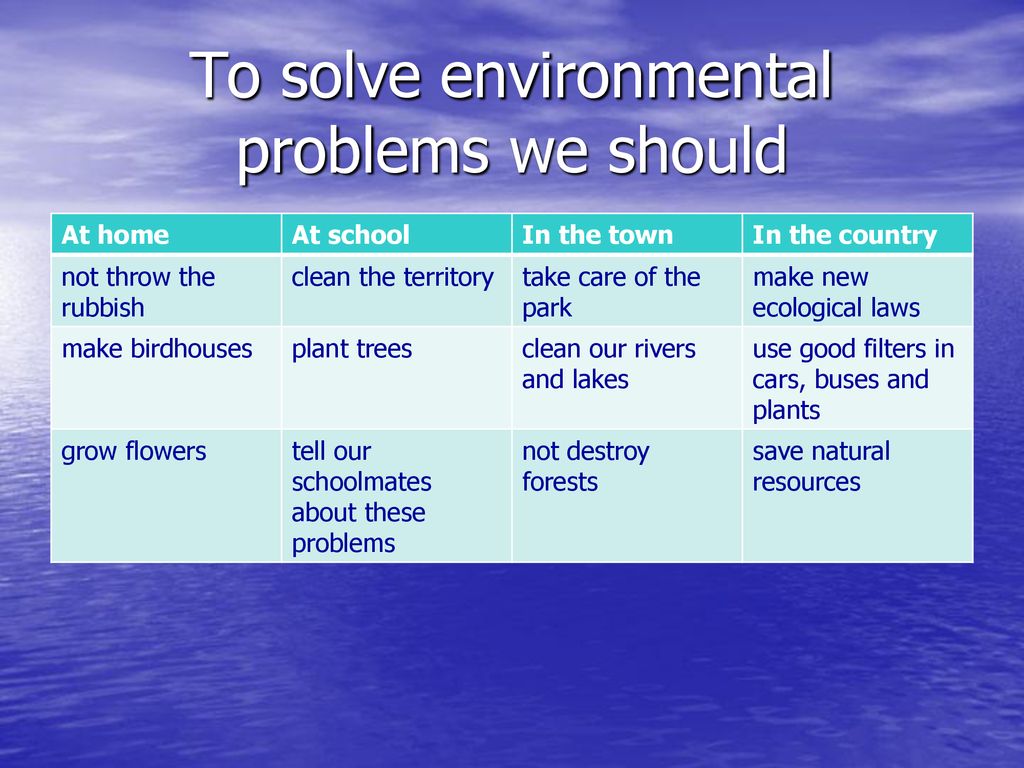
In case of cord damage due to a puncture, the tire must be removed from the rim in order to install a reinforced patch with additional cord on its inner surface. One of the sides of such patches has an adhesive layer that promotes cold vulcanization. After such a repair, wheel balancing will be required. To seal punctures from the inside, patches in the form of a mushroom are also used, with a leg that goes into the puncture. Such patches are also covered with a special adhesive composition for cold vulcanization.
Cuts or holes , unlike punctures, are not repairable, as they violate the integrity of the frame, which can no longer be strengthened. In addition, breakdowns are always sudden and occur on the go: the tire abruptly loses pressure and before the car comes to a complete stop it has time to make several turns "on the rims", which breaks the cord and destroys the layers. It is not recommended to use such a weakened tire, even if it was possible to repair and strengthen the rupture or cut, in the future.
8 tire storage rules - do you follow them all?
Incorrect storage of tires can cause cracks . The danger of such damage is that moisture enters the cord through cracks, which renders the frame unusable. In addition, air can escape through cracks. Unfortunately, cracks are not repairable, and tires with them will not last long: sooner or later they will deform, become covered with swellings due to rusted and torn cord or because of driving with pressure below the recommended one.
Blisters or bulges can appear on a tire for a variety of reasons - it always happens due to a broken cord or delamination in the carcass. In the first case, an obstacle was hit and the impact broke the cord or the cord was cut through with a sharp object. In the second case, there is no damage on or near the hernia, which means that it appeared either due to a factory defect, or due to frequent driving with pressure below the recommended one.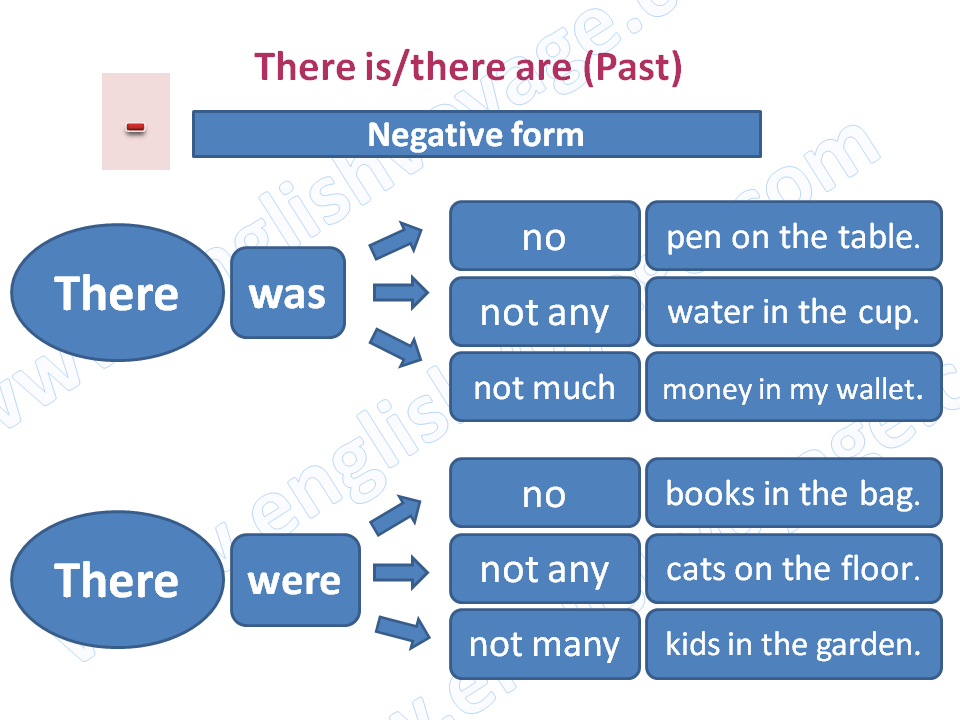 The danger of hernias is that they can explode at any time and provoke a skid, which will lead to an accident. If there is nothing to replace a tire with a hernia, then it is better to rearrange it to the rear axle and drive very carefully. Like fissures, a hernia cannot be repaired. Sometimes small blisters resulting from impacts or cuts are reinforced with reinforced patches, but there is no guarantee that the tire will not explode. Therefore, tires with hernias are recommended to be replaced immediately.
The danger of hernias is that they can explode at any time and provoke a skid, which will lead to an accident. If there is nothing to replace a tire with a hernia, then it is better to rearrange it to the rear axle and drive very carefully. Like fissures, a hernia cannot be repaired. Sometimes small blisters resulting from impacts or cuts are reinforced with reinforced patches, but there is no guarantee that the tire will not explode. Therefore, tires with hernias are recommended to be replaced immediately.
Tire blackening - 6 ways to polish your tires. Inexpensive!
Tire sidewalls can be damaged by rubbing against curbstones or the asphalt edge when driving over the side of the road. If you are prone to such a driving style, then it is recommended to inspect the inner and outer sidewalls from time to time and, if abrasion is found, swap the wheels in order to prevent the cord from being exposed - the rubber thickness on the sidewalls is small (1.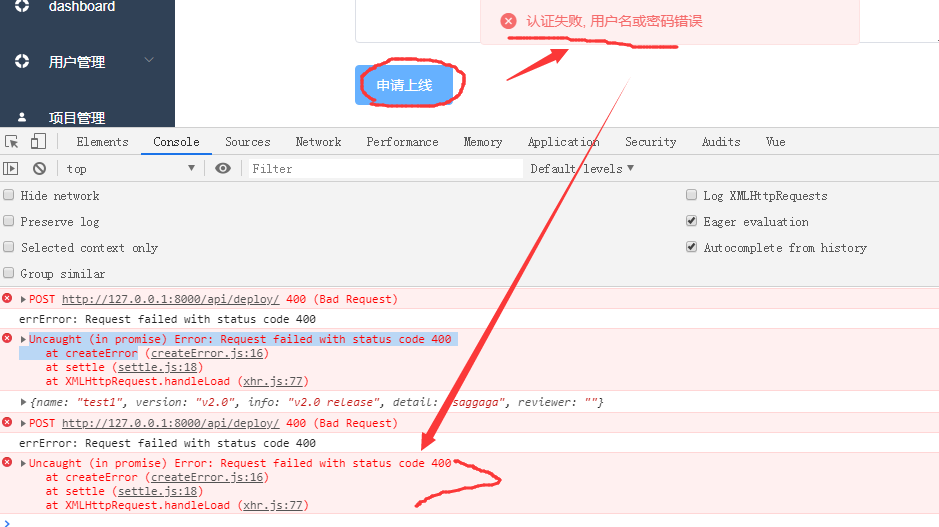 5-3 mm), and it can be rubbed to the frame very quickly.
5-3 mm), and it can be rubbed to the frame very quickly.
Often the cause of tire damage can be poor-quality tire fitting , during which the bead ring was damaged. In this case, the tire loses its geometry and “sits” crookedly on the disk - it writes “eights” during rotation, and lateral vibration appears during the ride. It is impossible to repair such a tire - you need to replace it with a serviceable one as soon as possible, until it damages the suspension: traction, hubs and bearings.
You can find out whether you use tires correctly and what invisible damage they have received by the characteristic wear of the tread, the varieties of which are collected for convenience in the table:
| Tread wear | Causes |
Elimination, repair 9005 0067 One-sided wear in the shoulder area wheel alignment angle (camber) or frequent maneuvers at high speeds. Camber check or change to a more relaxed driving style. Shoulder wear on both sides Driving with less than recommended tire pressure. Inflate the tires to the pressure recommended by the automaker (a plate with recommendations is attached in the driver's door opening) and find the cause of the fall: puncture, cracks, hernia, nipple, rust on the rim of the disc in the place where the tire fits, etc. Center wear Tire pressure too high. Reduce the pressure to the recommended pressure (indicated on the plate in the driver's door opening) Wear in the form of rings and grooves rutting due to vibrations and bouncing at high speeds. Changing wheels on a loaded axle to equalize wear, driving with a heavier load. Chipped wear with cuts Frequent wheel spin on rocky surfaces. Move the wheels to a non-driving axle, use the gas pedal more carefully when starting to move. |
Photo: Petr Urbanek / Unsplash
Author: Kirill Savchenko
“Chief, you've got ten minutes of work to do, the hole is nothing! Well, come up with something ... ”Every tire fitter has probably heard such words. Alas, not all tire damage can be repaired ...
But the situation can be reversed.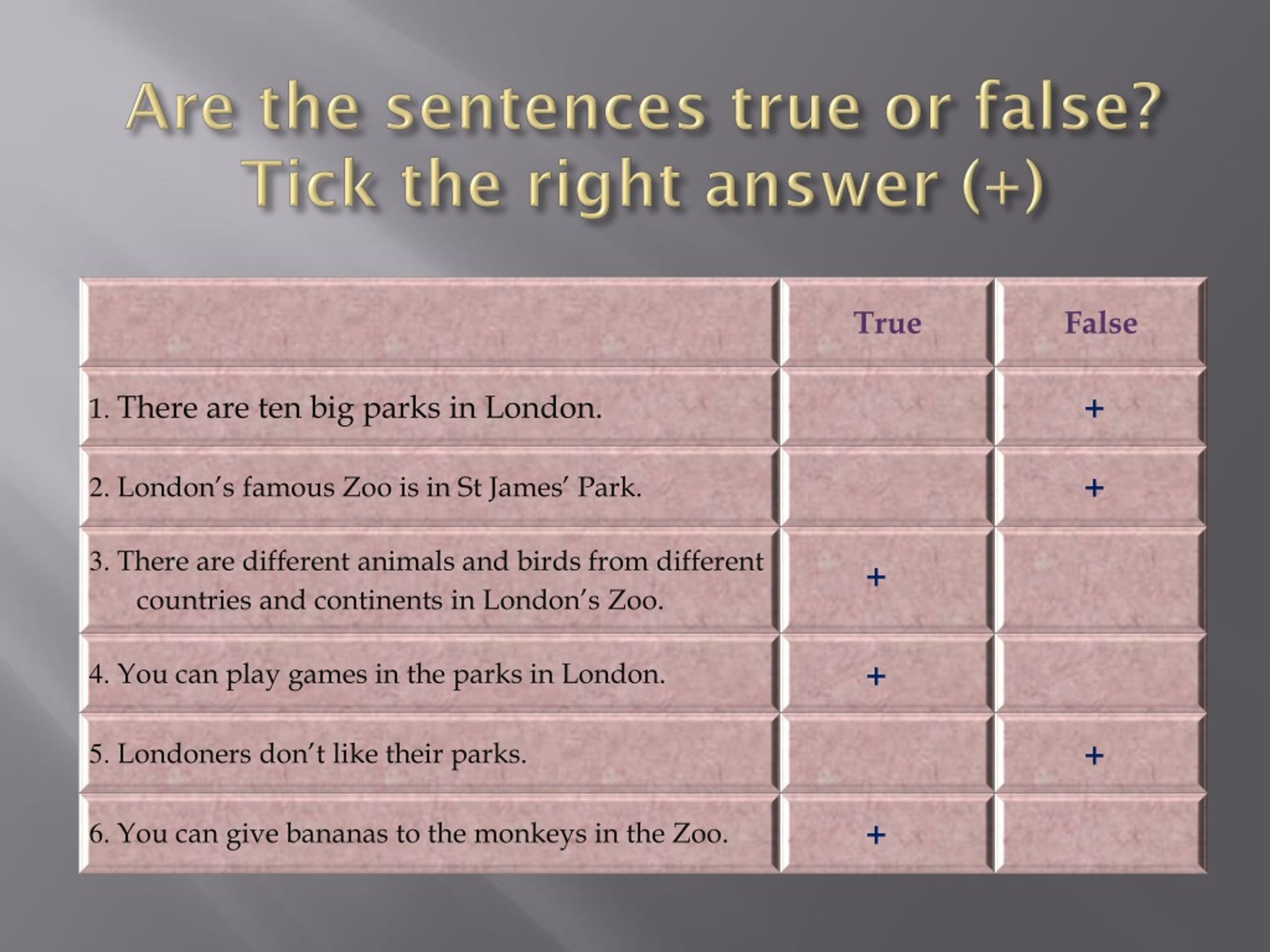 A wheel pierced by protruding reinforcement may be repairable, while a small cut will write off the tire for scrap. Experienced tire fitters believe that it all depends on the point of damage and the object that caused it.
A wheel pierced by protruding reinforcement may be repairable, while a small cut will write off the tire for scrap. Experienced tire fitters believe that it all depends on the point of damage and the object that caused it.
Most often, drivers encounter punctures in the tread area of a tire. It is not always possible to detect it immediately. If in the days of tires and chambers the wheel lost pressure at the slightest puncture, then tubeless tires are much more reliable in this regard. A nail or self-tapping screw usually closes the puncture site, preventing air from escaping quickly.
With such a “plug”, you can sometimes drive for months. The tire can lose pressure minimally without arousing suspicion. At the same time, an attempt to pull out a noticed nail on the way is likely to turn into a problem. In this case, the only recommendation is to pull out a foreign object only in a tire shop and repair the wheel.
In most cases, tread punctures are sealed either with special harnesses (some for temporary use, some for permanent use) or patches from the inside of the tire. Even damage caused by massive pins can be repaired. The main thing is that a piece of the tire along with the cord is not torn out.
Even damage caused by massive pins can be repaired. The main thing is that a piece of the tire along with the cord is not torn out.
In the latter case, the hole is filled with raw rubber, vulcanized, and a special cord patch is placed on the inside. But this will only be a temporary measure. In addition, such repairs are not cheap, and purchasing a new tire can be both more profitable and safer.
In addition to the plaster, cord “fungi” are also used. Lubricated with glue, the “fungus” is inserted into the puncture from the inside of the tire, then the excess part of the “leg” is cut off from the outside.
On the other hand, a cord patch can seriously help with side cuts. And car owners meet with them quite often. But here there are several nuances. In a roadside tire shop, the cut will most likely not heal. You need to contact a company with specialized equipment, primarily vulcanization.
And one vulcanizer is indispensable here. Cord patches should be with a certain number of layers, designed for strictly defined damage sites and of a suitable size. And again we are talking about the nuances.
And again we are talking about the nuances.
If the cut is in the shoulder area of the tire, then it is most often impossible to repair it qualitatively. The tire fitter who offered such a service is at great risk, even if he claims that he will weave a piece of new cord with his hands and vulcanize it. There are no miracles in this situation, but in any case, the last word belongs to an experienced specialist.
Side cuts on low profile tires with a tread height of less than 50% of the width are poorly treated. That is why, in the case of using a car on roads with a possibility of tire damage, it is better to put those that are higher. They are much easier and cheaper to repair.
By the way, an injury that looks like a cut at first glance may not be one. If the sidewall of the wheel catches on something sharp, and a tear forms on the tire without damaging the cord, then this is called a pinch. It does not carry momentary danger and does not require any complex repairs.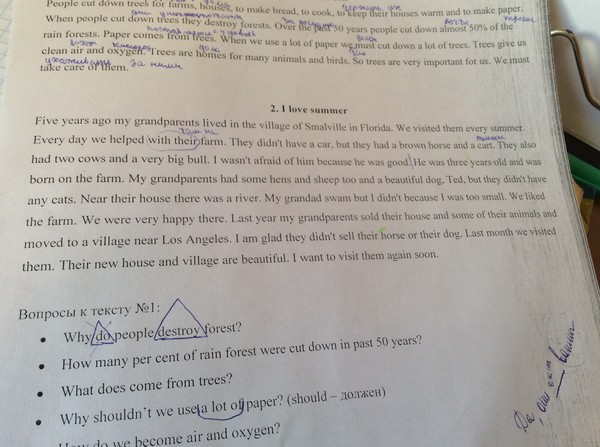
However, if a piece of rubber remains, then it is glued with ordinary superglue. If not, you will need raw rubber and a vulcanizer. It is impossible to leave the cord bare: under the influence of moisture, it can collapse, which will lead to the complete loss of the tire.
One of the most common and fatal tire defects is swelling or simply "herniation". Despite the absence of open damage to the rubber, such a wheel will be scrapped ahead of schedule. The fact is that when the sidewall is hit, the threads of the tire carcass break. Even if the swelling is very small, sooner or later the bump grows in size, and this is already fraught with an explosion of the wheel at speed.
However, some hernias can be repaired, but this is again a temporary measure. Masters can put cord patches even in the tread area. But only on condition that the distance from the sidewall to the swelling is more than 40 mm. If less, the tire is not subject to further operation. By the way, on low-profile tires, hernias, for the most part, are not repairable - both on the tread and on the sidewalls.
One of the major tire problems is caused by unprofessional repairs. Moreover, the owner most often does not know about it. We are talking about damage to the bead ring, as a result of which the tire does not initially hold the specified pressure.
Eventually the bead ring begins to push out of the rim. At high speed or under heavy load, such a wheel can be disassembled, which again threatens the car with a loss of control.
This damage can be repaired provided that the wire ring or base is not damaged. Special technologies for such repairs are not provided, but experienced craftsmen use the so-called "cold" or chemical vulcanization using a two-component sealant. The resulting mass covers places where there is no rubber on the bead ring. The main condition is to wait three days before mounting the tire on the disc.
As for Run Flat tires, according to the instructions of most manufacturers, they cannot be repaired. In extreme cases, you can use a bottle of special pressurized sealant that comes as a repair kit.
Comment of the expert of the company "SHINSERVICE":
Alexander Golubev
expert "SHINSERVICE"
First of all, we recall that most tire manufacturers do not recognize handicraft tire repair. It is considered a sign of external influence and changes in the design of the tire. Such a tire automatically voids the warranty. This does not happen if tire repairs are carried out in specialized, authorized tire brands services. Note that almost all major tire brands give their own extended warranty, according to which in most cases the repair is free, at a discount, or the product is generally replaced with a similar one, depending on the conditions of the program.
Based on our experience, we can say that in most cases damage in the bead area and in the shoulder area is not repairable.
I would also like to draw your attention to the fact that most low-profile tires have high speed indexes (V and above), and even after professional repair they will not be able to operate in the same modes without restrictions.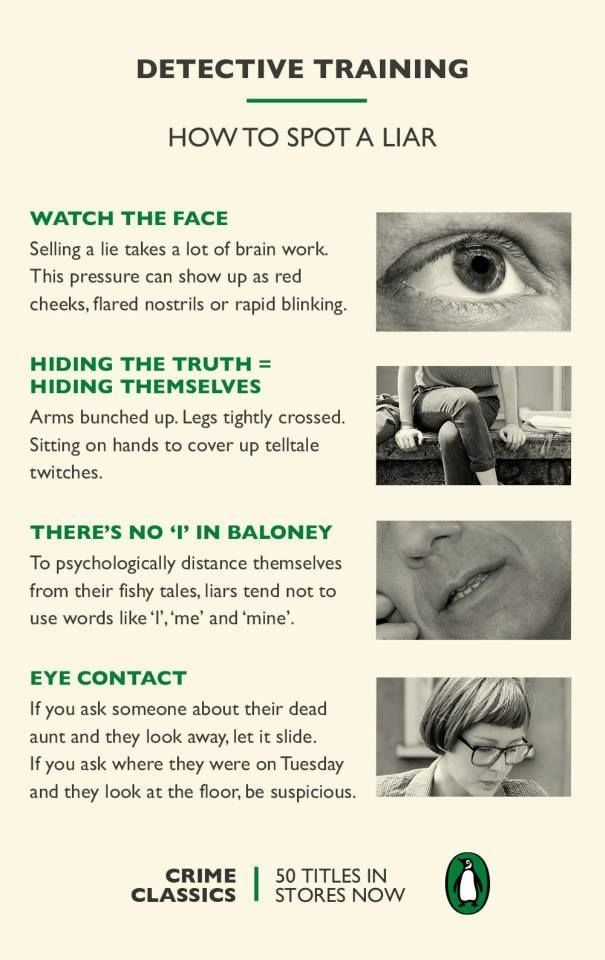 Therefore, we strongly recommend changing the tire in all cases, except for tread punctures.
Therefore, we strongly recommend changing the tire in all cases, except for tread punctures.
practice tires and wheels
Articles / Overview Latest petrol Porsche Cayenne - goodbye analog tachometer and hello record power China is the largest market not only for its own auto industry, but also for the European "premium". Porsche shipped 21,365 vehicles to China in the first quarter of 2023, up 21% from... 270 0 2 20.04.2023
Articles / Overview Tucson for the poor or Creta for the rich: Hyundai Mufasa review At the Shanghai Auto Show, a new Hyundai crossover was presented, which could replace the ix35 if we had it. However, to some extent, he will still replace him: Korean models have long been ... 897 1 2 19.04.2023
However, to some extent, he will still replace him: Korean models have long been ... 897 1 2 19.04.2023
Articles / New cars All potential novelties of 2023 in Russia: hybrid, pickup and premium under the red flag In the first part of the article about Chinese novelties on the Russian market, we named those models that will appear on sale in 2023 with almost one hundred percent probability. Since posting it has been... 1593 1 0 04/17/2023
Test drives / Test drive 30 years of slavery: test drive GAZ-53 It would be more accurate to write “test drive GAZ-SAZ-3507 on the GAZ-53-14 chassis”, but this is too complicated.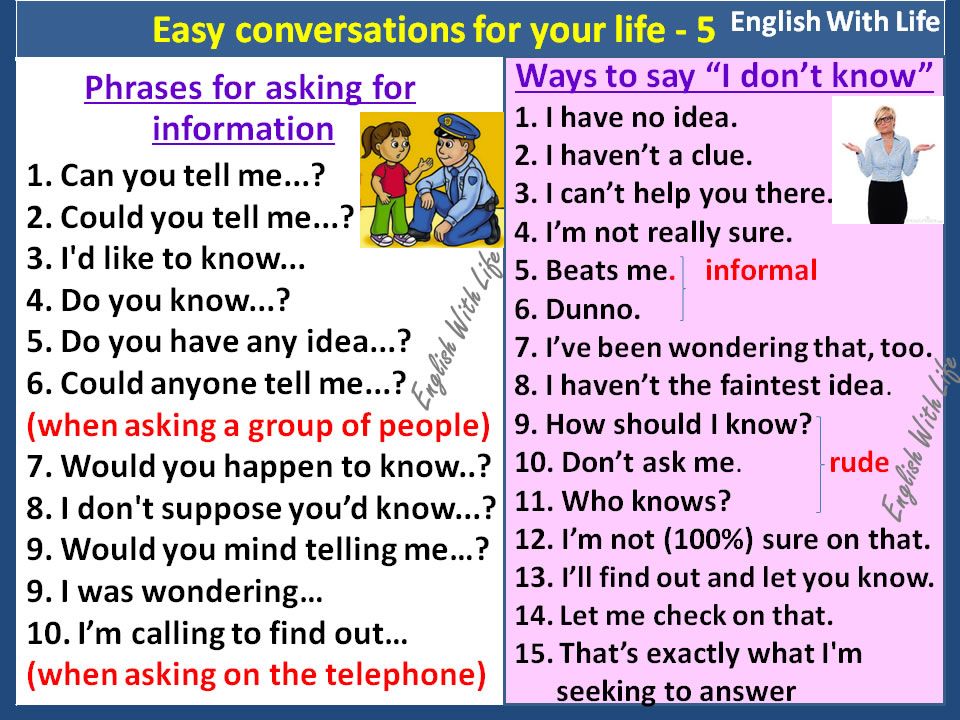 But just GAZ-53 will be recognized by everyone who managed to drink a glass of soda for one penny (with syrup... 9562 9 784 09.12.2022
But just GAZ-53 will be recognized by everyone who managed to drink a glass of soda for one penny (with syrup... 9562 9 784 09.12.2022
Test drives / Test drive For Volvo lovers, at the price of Volvo: a test drive of the updated Geely Tugella We first met Geely Tugella exactly two years ago, in November 2020. Over these two years, the flagship crossover has found its own, albeit small, audience, has earned a certain reputation... 8398 3 864 29.11.2022
Test drives / Test drive Test drive Geely Monjaro: better than Volvo? In China, this full-size crossover debuted two years ago under the dissonant name Xingyue L and factory index KX11.